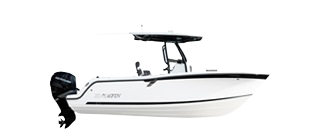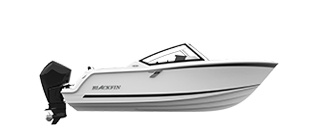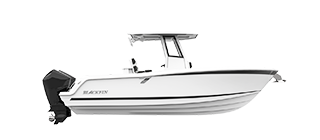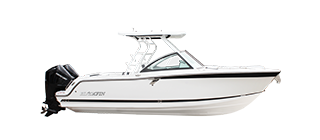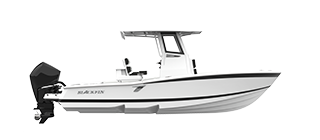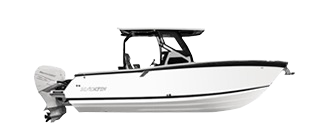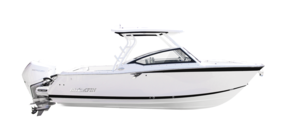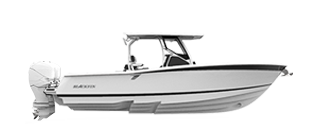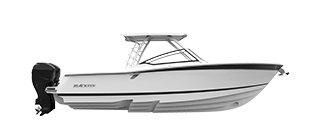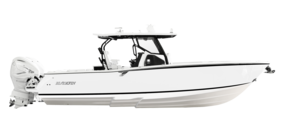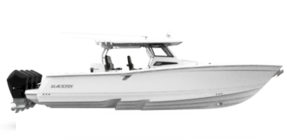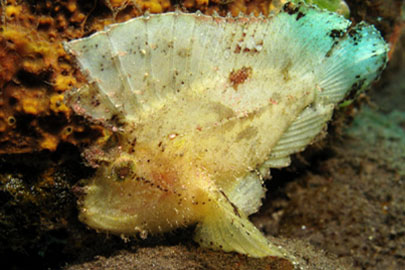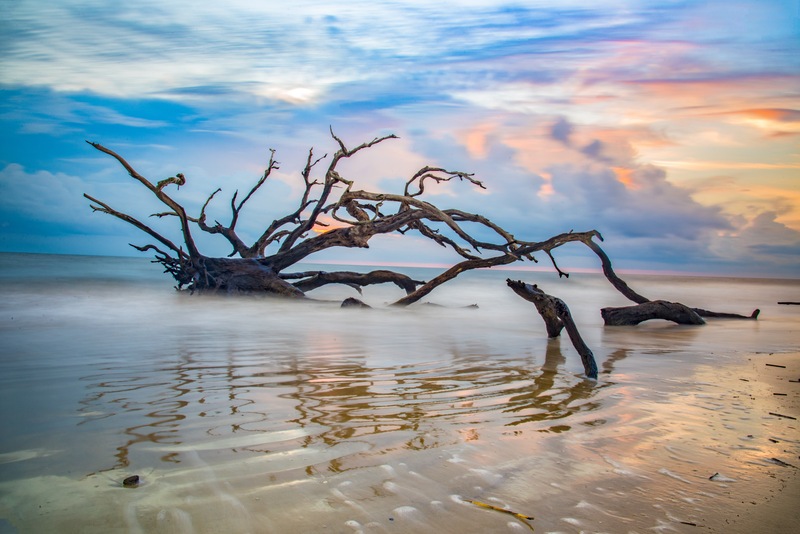
You’re scanning the horizon from your offshore fishing boat and you see something floating on the water. It’s nothing of note: just an old log, or piece of driftwood floating far from shore. You might be tempted to simply keep moving. However, seasoned anglers know there’s merit in sticking around and investigating further. After all, driftwood can clue us into a treasure trove of hungry fish beneath the surface — if only we learn how to read it.
If you’re looking for ways to boost success (and reel-in haul) on your offshore fishing boat, here’s a quick guide to the significance of driftwood on the water. Because it actually says a lot about the marine environment you’re fishing!
A Legendary Guidepost
Way before fishing maps and online guides (before “online” was even a thing, actually) ancient seafarers looked to ocean logs as a source of mystical wisdom. In Norse mythology, for example, the first two humans were said to be made from wood found on a beach. Vikings would reportedly follow driftwood on the water to determine where they should land and build their communities — and they also made Valhalla ladders made of driftwood as protective charms to hang in their homes.
And even today, once driftwood makes it to shore, it can play an important role in the coastal environment — providing shelter to local critters and helping absorb some of the erosion-causing brunt of waves that would otherwise damage a beach over time.
But of course, for modern anglers, driftwood is most useful before it even makes it to shore.
Follow The Fish
So, how can you use driftwood on the water to guide your way to fish? Simple: it’s where they’re snacking. Small ocean critters hang out on driftwood for shelter on the open ocean — which means bigger fish (i.e., the ones you want to catch) are likely to poke around, too. Think about it this way: if you were driving through a vast, empty stretch of highway, wouldn’t you be intrigued by the rare burger stop or fresh fruit stand? It’s the same idea for fish: the ocean is huge, and driftwood promises the chance of a tasty, convenient break! Wahoo, marlin, and various species of tuna are just a few types of fish you can expect to find hanging around floating structures like wood.
The same idea holds true for seaweed and any other debris you might find on your offshore adventure, but plants tend to move faster — whereas wood, once sufficiently weighed down by water, might stick around for a bit. In fact, in a Hawaii Institute of Marine Biology study cited in Marlin Magazine, tuna would actually return to “fish-attracting devices” at the end of a day of swimming and feeding. In other words, they tended to treat it like their home on the water — making floating structure a dependable source of action.
Our tips? Opt for live bait to cut through the noise — because in a lucrative snacking environment, big fish have their pick! Also, head out early. This is always a good idea for fishing, but especially when you’re targeting driftwood, because you don’t want to arrive at a floating piece of debris once it’s already been picked over for the day.
When it comes to a successful day on the water, casting your line is just one part of the equation — and knowing how to read your environment for clues arguably plays an even bigger role! We hope that today’s guide helps you see your surroundings in a new way.
Bookmark & Share
User Comments
Be the first to comment on this post below!
Previous Article
Next Article
Most Popular Articles
- The Blackfin 272CC ? Ranked Among The Very Best Fishing Boats of 2018!
- How to Acquire Your Boat Captain?s License in Florida
- Blackfins new 33? debuts at the 2018 Fort Lauderdale International Boat Show!
- Top 5 Tips for Buying Your First Fishing Boat
- What is the Best Time to Buy a Blackfin Fishing Boat?
- Center Console Boats Guide - Advantages & Benefits
- 5 Reasons Why Blackfin Boats are Every Angler?s Dream!
- 5 Tips & Tricks to Fishing with Your Kids


